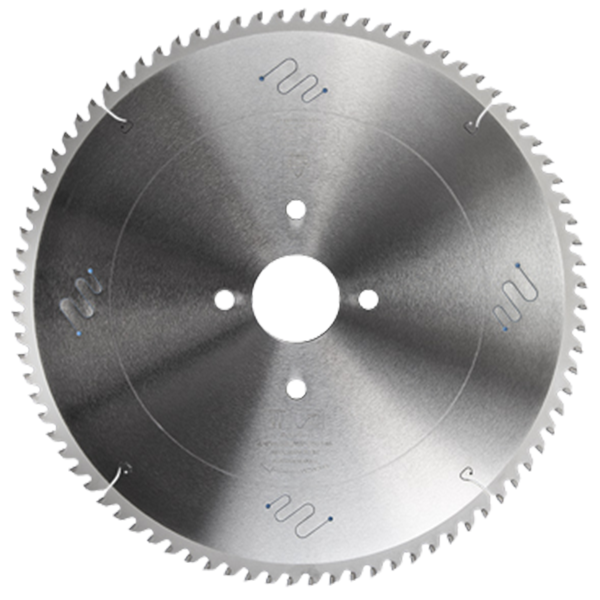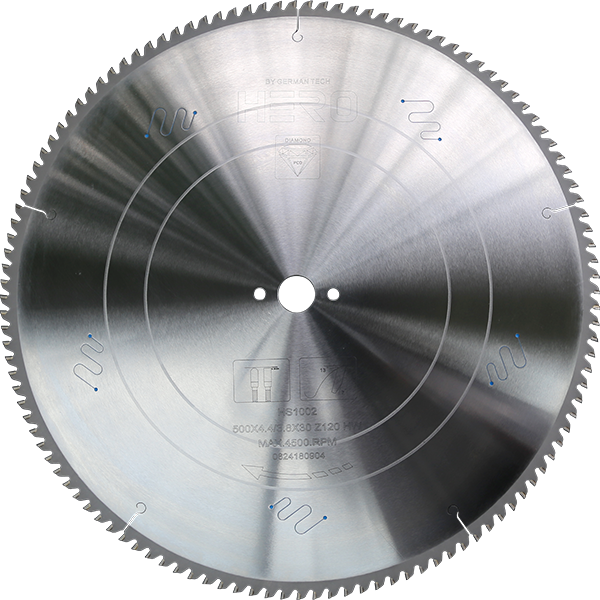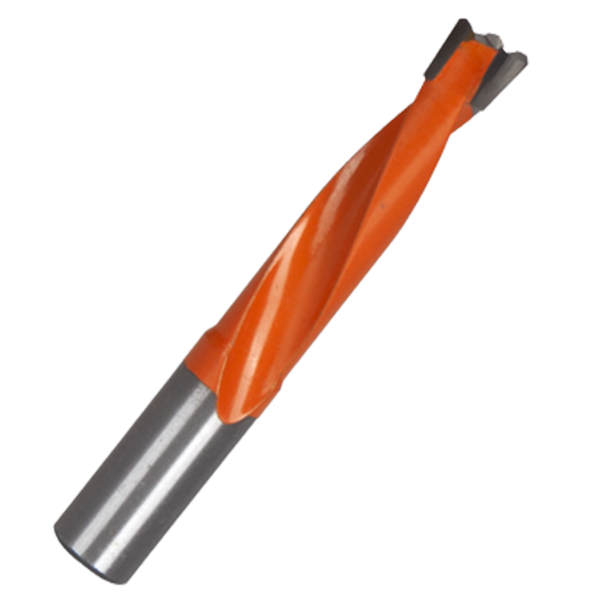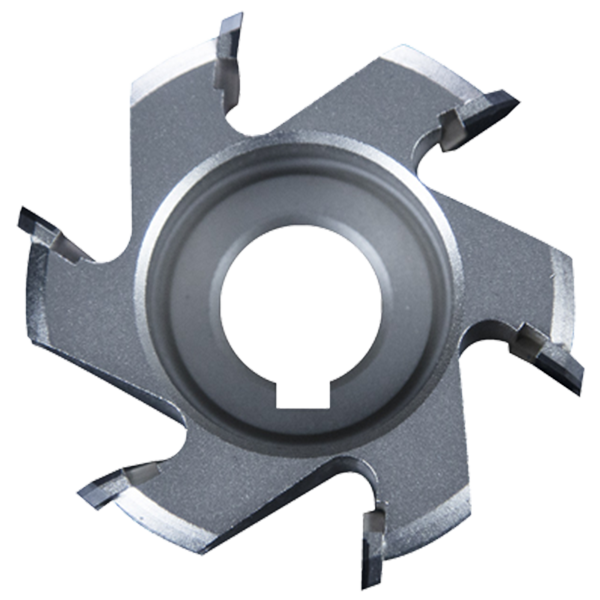The Cermet Revolution: A Deep Dive into the 355mm 66T Metal Cutting Saw Blade
Let me paint you a picture you probably know all too well. It’s the end of a long day in the shop. Your ears are ringing, there’s a fine, gritty dust coating everything (including the inside of your nostrils), and the air smells like burnt metal. You’ve just spent an hour cutting steel for a project, and now you have another hour of grinding and deburring ahead of you because every cut edge is a hot, ragged mess. For years, that was just the cost of doing business. The shower of sparks from an abrasive chop saw was the metalworker's rain dance. We just accepted it. Then, I tried a 355mm 66T cermet saw blade on a proper cold cut saw, and let me tell you, it was a revelation. It was like trading a hammer and chisel for a laser scalpel. The game had completely changed.
1. The Gritty Reality: Why We Need to Ditch Abrasive Discs
For decades, those cheap, brown abrasive discs were the go-to. But let’s be brutally honest: they’re a terrible way to cut metal. They don’t cut; they violently grind away material through friction. It’s a brute-force process, and the side effects are things we’ve battled for far too long.
1.1. My Abrasive Disc Nightmare (A Quick Trip Down Memory Lane)
I remember one specific job: a custom railing with 50 vertical steel balusters. It was mid-July, the shop was sweltering, and I was chained to the abrasive saw. Every single cut was an ordeal:
- The Fire Show: A spectacular, but terrifying, rooster tail of white-hot sparks that had me constantly checking for smoldering rags. It’s a fire marshal’s worst nightmare.
- The Heat is On: The workpiece would get so screaming hot it would literally glow blue. You couldn’t touch it for five minutes without getting a nasty burn.
- The Burr-den of Work: Every. Single. Cut. Left a huge, razor-sharp burr that had to be ground off. My 1-hour cutting job turned into a 3-hour cut-and-grind marathon.
- The Shrinking Blade: The disc started at 14 inches, but after a dozen cuts, it was noticeably smaller, screwing with my cut depth and jig setups. I think I went through four discs on that job alone. It was inefficient, expensive, and just plain miserable.
1.2. Enter the Cold Cut Beast: The 355mm 66T Cermet Blade
Now, picture this: A blade with 66 precision-engineered teeth, each tipped with a space-age material, spinning at a calm, controlled speed. It doesn't grind; it shears through steel like a hot knife through butter. The result is a “cold cut”—fast, stunningly clean, with almost no sparks or heat. This isn't just a better abrasive disc; it's a completely different philosophy of cutting. Professional-grade cermet blades, like those with Japanese-made tips, can outlast an abrasive disc by 20-to-1. It transforms your workflow, your safety, and the quality of your work.
2. Decoding the Spec Sheet: What "355mm 66T Cermet" Actually Means
The name on the blade isn't just marketing fluff; it's a blueprint. Let's break down what these numbers and words mean for you in the shop.
2.1. Blade Diameter: 355mm (The 14-inch Standard)
355mm is simply the metric equivalent of 14 inches. This is the industry standard for full-size metal chop saws, meaning it’s designed to fit the machines you’re likely to use, like an Evolution S355CPS or a Makita LC1440. This size gives you a fantastic cutting capacity for anything from chunky 4x4 square tubing to thick-walled pipe.
2.2. Tooth Count: Why 66T is the Sweet Spot for Steel
The 66T stands for 66 teeth. This isn't a random number. It's the Goldilocks zone for cutting mild steel. A blade with fewer, more aggressive teeth (say, 48T) might hog out material faster but can leave a rougher finish and be grabby on thin stock. A blade with way more teeth (like 80T+) gives a beautiful finish but cuts slower and can get clogged with chips. 66 teeth is the perfect compromise, delivering a fast, clean cut that's ready to weld right off the saw. The tooth geometry is also key—many use a Modified Triple Chip Grind (M-TCG) or similar, designed to slice ferrous metal cleanly and guide the chip out of the kerf.
2.3. The Magic Ingredient: Cermet (CERamic + METal)
This is the secret sauce. Cermet is a composite material that blends the heat resistance of a ceramic with the toughness of a metal. This is a critical distinction from standard Tungsten Carbide Tipped (TCT) blades.
Personal Discovery: The TCT Meltdown. I once bought a premium TCT blade for a rush job cutting dozens of 1/4" steel plates. I thought, "This is better than abrasives!" It was... for about 20 cuts. Then performance dropped off a cliff. The intense heat generated when cutting steel had caused the carbide tips to suffer from thermal shock, micro-fracturing and dulling the edge. Cermet, on the other hand, just laughs at that heat. Its ceramic properties mean it retains its hardness at temperatures where carbide starts to break down. That’s why a cermet blade will outlast a TCT blade many times over in a steel-cutting application. It's built for the abuse.
2.4. The Nitty-Gritty: Bore, Kerf, and RPM
- Bore Size: Almost universally 25.4mm (1 inch). This is the standard arbor on 14-inch cold cut saws. Check your saw, but it's a safe bet.
- Kerf: This is the cut width, typically a slim 2.4mm. A narrow kerf means you're vaporizing less material, which translates to a faster cut, less strain on the motor, and minimal waste. It's pure efficiency.
- Max RPM: CRITICALLY IMPORTANT. These blades are designed for low-speed, high-torque saws, with a max speed around 1600 RPM. If you mount this blade on a high-speed abrasive saw (3,500+ RPM), you are creating a bomb. The centrifugal force will exceed the blade's design limits, likely causing teeth to fly off or the blade to shatter. Don't do it. Ever.
3. The Showdown: Cermet vs. The Old Guard
Let's put the specs aside and talk about what happens when the blade meets the metal. The difference is night and day.
| Feature | 355mm 66T Cermet Blade | Abrasive Disc |
|---|---|---|
| Cut Quality | Smooth, burr-free, weld-ready finish. Looks milled. | Rough, ragged edge with heavy burrs. Requires extensive grinding. |
| Heat | Workpiece is cool to the touch immediately. Heat is carried away in the chip. | Extreme heat buildup. Workpiece is dangerously hot and can be discolored. |
| Sparks & Dust | Minimal, cool sparks. Produces large, manageable metal chips. | Massive shower of hot sparks (fire hazard) and fine abrasive dust (respiratory hazard). |
| Speed | Slices through steel in seconds. | Slowly grinds through material. Takes 2-4x longer. |
| Longevity | 600-1000+ cuts for stainless stain. Consistent cutting depth. | Wears down rapidly. Loses diameter with every cut. Short lifespan. |
| Cost-Per-Cut | Very low. High initial cost, but huge value over its lifespan. | Deceptively high. Cheap to buy, but you'll buy dozens of them. |
3.1. The Science of a "Cold Cut" Explained
So why is the metal cool? It's all about chip formation. An abrasive disc turns your motor's energy into friction and heat, which soaks into the workpiece. A cermet tooth is a micro-machine tool. It cleanly shears off a sliver of metal. The physics of this action transfers nearly all the thermal energy into the chip, which is then ejected away from the cut. The workpiece and the blade stay remarkably cool. It's not magic, it's just smarter engineering—the kind of material science that institutions like the American Welding Society (AWS) appreciate, as it ensures the base metal's properties aren't altered by heat at the weld zone.
4. From Theory to Practice: Real-World Wins
The benefits on a spec sheet are nice, but what matters is how it changes your work. Here’s where the rubber meets the road.
4.1. Unmatched Quality: The End of Deburring
This is the benefit you feel instantly. The cut is so clean it looks like it came off a milling machine. This means you can go straight from the saw to the welding table. It eliminates an entire, soul-crushing step from your fabrication process. Your projects get done faster, and your final product looks more professional.
4.2. Workshop Efficiency on Steroids
Speed isn't just about faster cuts; it's about less downtime. Think about it: instead of stopping to change a worn-out abrasive disc every 30-40 cuts, you can work for days or weeks on a single cermet blade. That's more time making money and less time tinkering with your tools.
4.3. Challenging Common Wisdom: The "Variable Pressure" Technique
Here's a piece of advice that goes against the grain. Most manuals say, "Apply steady, even pressure." And for thick, uniform material, that's fine. But I've found that's a great way to chip teeth on trickier cuts.
My Contrarian Solution: When cutting something with a variable profile, like angle iron, you have to feather the pressure. As you cut through the thin vertical leg, you use light pressure. As the blade engages the thicker horizontal leg, you apply more force. Then, as you exit the cut, you lighten up again. This prevents the teeth from slamming into the material at an unsupported edge, which is the #1 cause of premature dulling or chipping. It takes a little feel, but it will double your blade's life. Trust me.
5. Straight from the Shop Floor: Your Questions Answered (Q&A)
I get asked these all the time, so let's clear the air.
Q: Can I really, truly NOT use this on my old abrasive chop saw?
A: Absolutely not. I'll say it again: a cermet blade on a 3,500 RPM abrasive saw is a catastrophic failure waiting to happen. The saw's speed is dangerously high, and it lacks the torque and clamping power needed. You need a dedicated low-speed, high-torque cold cut saw. No exceptions.
Q: That initial price is steep. Is it really worth it?
A: It's sticker shock, I get it. But do the math. Let's say a good cermet blade is $150 and an abrasive disc is $5. If the cermet blade gives you 800 cuts, your cost-per-cut is about 19 cents. If the abrasive disc gives you 25 good cuts, its cost-per-cut is 20 cents. And that doesn't even factor in the cost of your time saved on grinding and blade changes. The cermet blade pays for itself, period.
Q: What about resharpening?
A: It's possible, but find a specialist. Cermet requires specific grinding wheels and expertise. A regular saw sharpening service that does wood blades will likely destroy it. For me, unless I'm running a massive production shop, the cost and hassle of resharpening often aren't worth it compared to the blade's long initial life.
Q: What's the biggest mistake new users make?
A: Two things: Forcing the cut instead of letting the saw's weight and the blade's sharpness do the work, and not clamping the workpiece securely. A wobbly piece of steel is a tooth-chipping nightmare.
6. Conclusion: Stop Grinding, Start Cutting
The 355mm 66T cermet blade, paired with the right saw, is more than just a tool. It's a fundamental upgrade to your entire metalworking process. It represents a commitment to quality, efficiency, and a safer work environment. The days of accepting the fiery, messy, and imprecise nature of abrasive cutting are over.
Making the switch requires an initial investment, but the return—in saved time, saved labor, saved materials, and the sheer joy of a perfect cut—is immeasurable. It's one of the smartest upgrades a modern metalworker can make. So do yourself a favor: hang up the abrasive grinder, invest in the right technology, and discover what it feels like to work smarter, not harder. You'll never look back.
Post time: Jul-11-2025

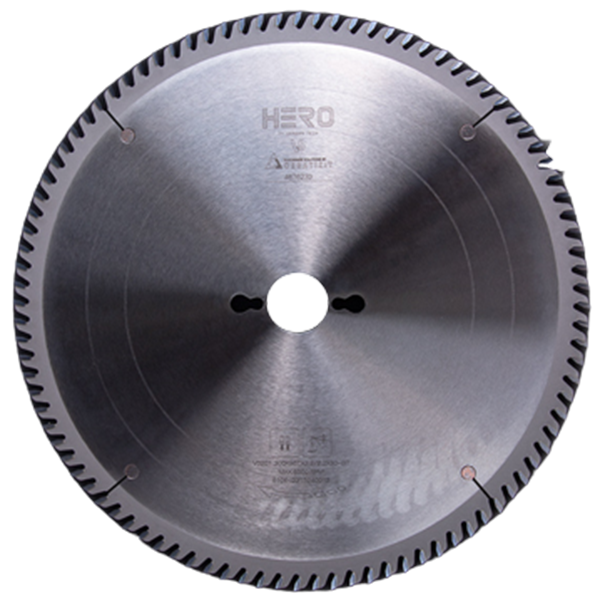 TCT Saw Blade
TCT Saw Blade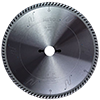 HERO Sizing Saw Blade
HERO Sizing Saw Blade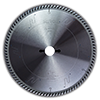 HERO Panel Sizing Saw
HERO Panel Sizing Saw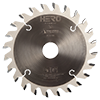 HERO Scoring Saw Blade
HERO Scoring Saw Blade HERO Solid Wood Saw Blade
HERO Solid Wood Saw Blade HERO Aluminum Saw
HERO Aluminum Saw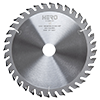 Grooving Saw
Grooving Saw Steel Profile Saw
Steel Profile Saw Edge Bander Saw
Edge Bander Saw Acrylic Saw
Acrylic Saw PCD Saw Blade
PCD Saw Blade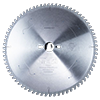 PCD Sizing Saw Blade
PCD Sizing Saw Blade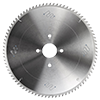 PCD Panel Sizing Saw
PCD Panel Sizing Saw PCD Scoring Saw Blade
PCD Scoring Saw Blade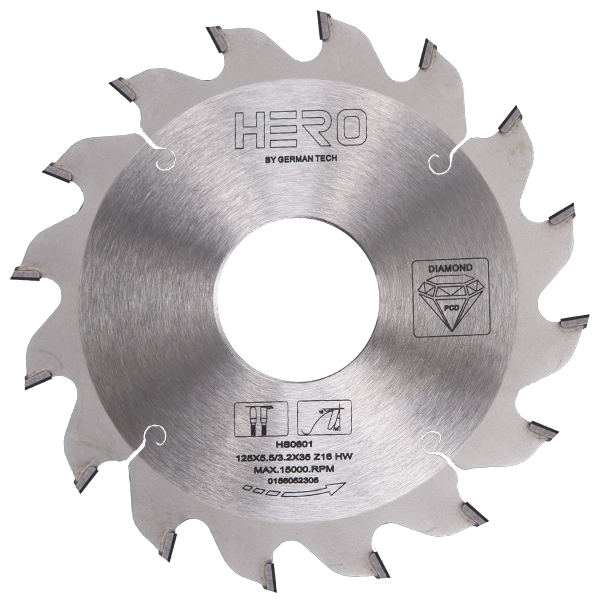 PCD Grooving Saw
PCD Grooving Saw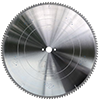 PCD Aluminum Saw
PCD Aluminum Saw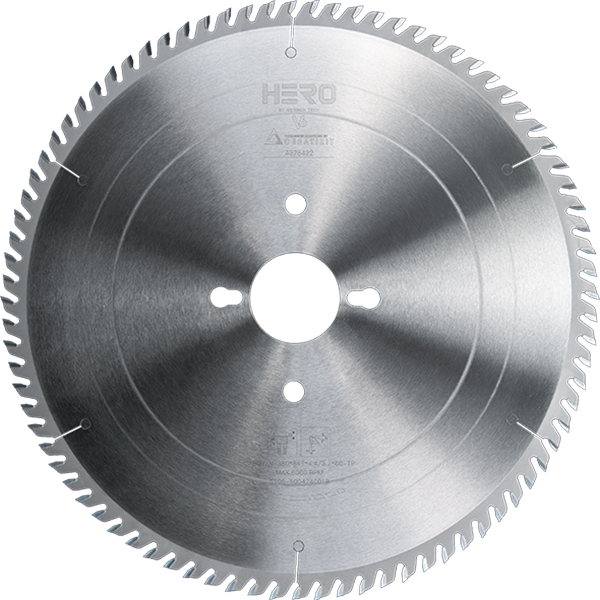 Cold Saw for Metal
Cold Saw for Metal Cold Saw Blade for Ferrous Metal
Cold Saw Blade for Ferrous Metal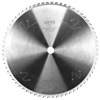 Dry Cut Saw Blade for Ferrous Metal
Dry Cut Saw Blade for Ferrous Metal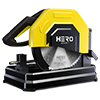 Cold Saw Machine
Cold Saw Machine Drill Bits
Drill Bits Dowel Drill Bits
Dowel Drill Bits Through Drill Bits
Through Drill Bits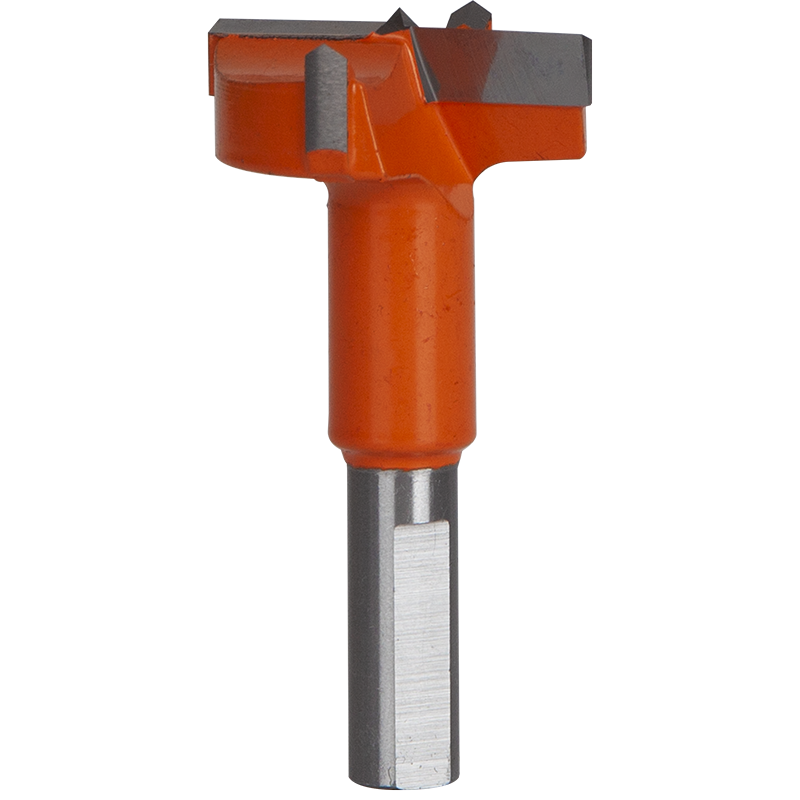 Hinge Drill Bits
Hinge Drill Bits TCT Step Drill Bits
TCT Step Drill Bits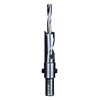 HSS Drill Bits/ Mortise Bits
HSS Drill Bits/ Mortise Bits Router Bits
Router Bits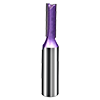 Straight Bits
Straight Bits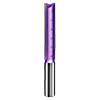 Longer Straight Bits
Longer Straight Bits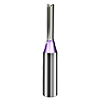 TCT Straight Bits
TCT Straight Bits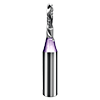 M16 Straight Bits
M16 Straight Bits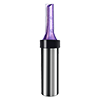 TCT X Straight Bits
TCT X Straight Bits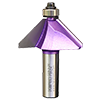 45 Degree Chamfer Bit
45 Degree Chamfer Bit Carving Bit
Carving Bit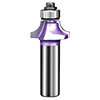 Corner Round Bit
Corner Round Bit PCD Router Bits
PCD Router Bits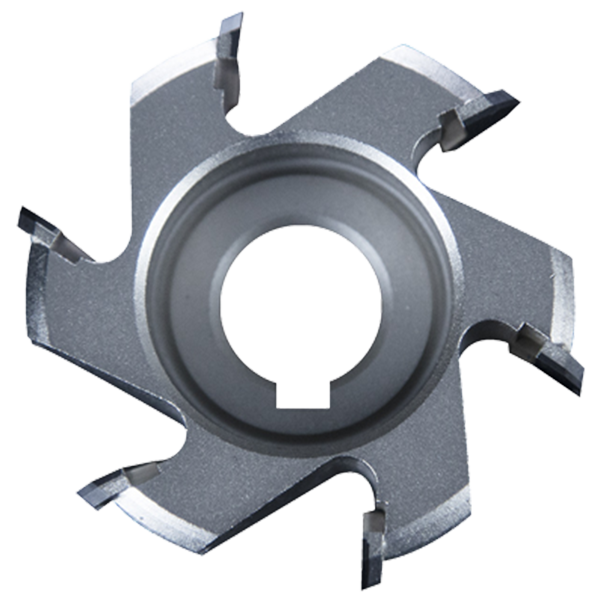 Edge Banding Tools
Edge Banding Tools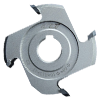 TCT Fine Trimming Cutter
TCT Fine Trimming Cutter TCT Pre Milling Cutter
TCT Pre Milling Cutter Edge Bander Saw
Edge Bander Saw PCD Fine Trimming Cutter
PCD Fine Trimming Cutter PCD Pre Milling Cutter
PCD Pre Milling Cutter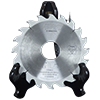 PCD Edge Bander Saw
PCD Edge Bander Saw Other Tools & Accessories
Other Tools & Accessories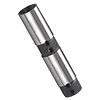 Drill Adapters
Drill Adapters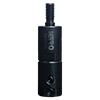 Drill Chucks
Drill Chucks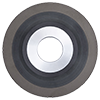 Diamond Sand Wheel
Diamond Sand Wheel Planer Knives
Planer Knives
